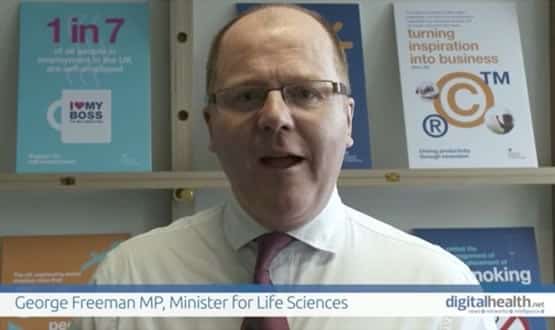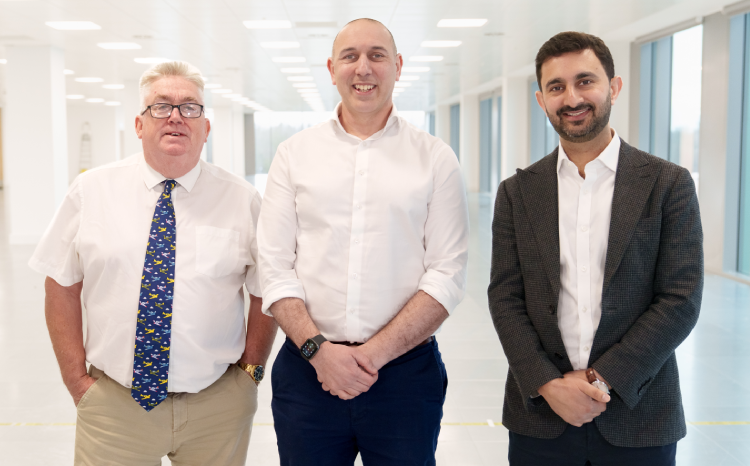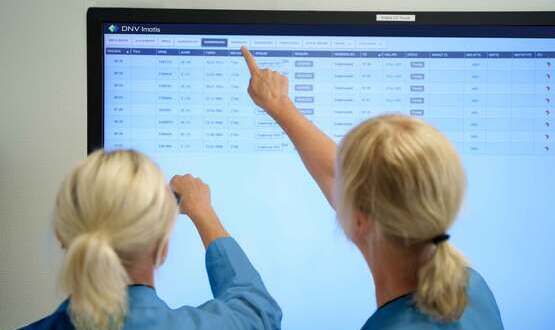‘Stars are aligned’ for health IT – Freeman
- 3 March 2016

Health ministers are “completely behind” the digitisation of health and social care because “it is urgent for personal care, it is urgent for safe care, and it is urgent for research”, life sciences minister George Freeman has said.
In a video recorded for the first Digital Health Leadership Summit, held at Coombe Abbey in Warwickshire last week, the life sciences minister said minsters were also committed to learning the lessons of “two decades” of attempts to do this; which had delivered only “patchy” results.
He argued that the job of government was to provide leadership and to develop the “railway lines” on which projects could run; for example by developing a “protocol for interoperability” and sorting out information governance.
And he argued that it was important to deliver new services for patients, to create “a roar from NHS users” for change. “Instead of questions in Parliament about whether we can do this, we should have people in the street asking when we can do this,” he said.
However, Freeman stressed that “we need local action” and for “people to build on” these foundations “if we are to be fully digital by 2020” – the deadline set in the latest framework for NHS IT, ‘Personalised Health and Care 2020, which was issued in November 2014.
Freeman’s comments were echoed by other speakers at the summit. Professor John Newton, the chief knowledge officer of Public Health England, and interim chair of the National Information Board, said there was “political support”, “strategic direction” and Treasury backing for digitisation.
He pointed out that health secretary Jeremy Hunt had just announced that £4.2 billion would be spent on healthcare IT over the course of this Parliament, with around £1.8 billion of this earmarked for electronic patient records and ‘paperless’ working.
“There is £4.2 billion despite wariness about IT projects that goes very deep in government, and despite the general financial problems,” he said. “[That is because] ministers really do get this; that digital is safer and more efficient, that the centre’s role is to build platforms, and that this is not about technology but about what it can do.”
Similarly, Andy Williams, the chief executive of the Health and Social Care Information Centre, said the “stars are in alignment” for healthcare IT. But he emphasised to his audience of Health CIO and CCIO network members and invited senior executives that it would take a “collective endeavour” to realise the opportunity.
“We have tried ‘let a thousand flowers bloom’ [the tag given to the approach set out by the ‘Information for Health’ strategy in 1998]. That didn’t quite work,” he said.
“We have tried NPfIT [the National Programme for IT, which was set up in 2000 to develop infrastructure and deploy EPRs via national contracts].That delivered some things, but it didn’t really work.
“So what we have to do now is work collaboratively on this. If we all work together, we can take advantage of the stars being in alignment; but if we do not, we will not do that.”
Download video: MP4 format | Ogg format | WebM format





